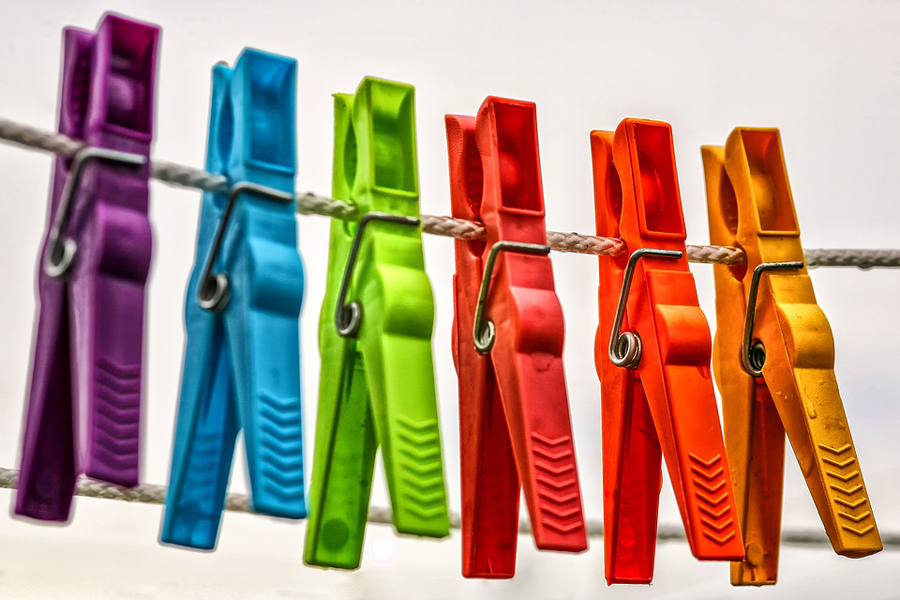×
News
Header Bidding Explained
27th September 2019

Header Bidding has evolved from the issue of inefficient, biased approaches to ad optimisation and low CPM rates from programmatic. The technology seeks to solve two fundamental needs of the publisher.
- How to gain higher CPM from their demand partners.
- How to simplify yield optimisation.
With this in mind, we have taken a moment to look at what implications it has had on programmatic trading.

What is Header Bidding?
The name “Header Bidding” is derived from the technologies position in the header of web pages. It positions enables rapid trading of ad space on the page and enable a lower publishers side latency in the programmatic chain.
Traditional optimisation techniques such as Daisy Chains inefficiencies that make an ad stack both difficult to manage and optimize for maximum revenues. Header Bidding enables publishers to manage programmatic demand and transform their supply into an unbiased auction environment. This approach has driven success, with some publishers reporting a 30% increase in programmatic CPM rates.
For every impression, on every ad unit, on every page, there is an auction that includes all header bidding demand sources. The unified auction results in the highest bidder winning the impression. Since every demand source has the opportunity to bid, it is no longer necessary for a publisher to create a pass back waterfall. Passbacks become irrelevant, and setting price floors becomes obsolete. The bidding price for each piece of ad inventory now reflects the market’s highest value, as opposed to what an antiquated ad server setup would yield.

Why?
- Eliminate pass backs – Pass backs are no longer required since demand sources will only win an impression with the highest bid.
- Flatten your waterfall – The outdated concept of a waterfall is no longer necessary since all demand sources are bidding in a unified auction.
- Reduce discrepancies – By flattening the waterfall and removing pass backs, publishers’ ad tech stack is more efficient.
- Better yield management – Yield management no longer needs to be a guessing game. All demand sources can compete on the same playing field, driving up competition.
- Increase revenue –With the flattening of the waterfall, increased competition, and unified auctions, publishers make more revenue. Publishers save on the ad serving fees paid on pass backs, monetize inventory lost to discrepancies, and earn the highest bids for their inventory.

Why Not?
- Latency / Longer Page Load – Header bidding requires publishers to place JavaScript into the header of their page. This script is called prior to the publisher’s ad server and has the potential to delay page load and delay the ad server.
- Development Resources – The Technology requires a skilled development team, as well as a savvy programmatic ops team.
- Potential for Discrepancies – The longer page load time has been known to create unforeseen ad serving discrepancies.
Header bidding solves a publisher’s problem: the loss of programmatic revenue because of inefficient ad serving technology. And header bidding solves a buyer’s problem: the need for access to a publisher’s best inventory. Header bidding is the ultimate optimization for both buyers and sellers. Header Bidding has been a key focus for the IAB and its members, their article on “The Evolutins and Implementation of Header Bidding” is a crucial read.
At Advenue, we offer our supply and demand partners a suite of tools to ensure the smooth transition of advertising. Our Header Bidding solution is robust and driving a consistent increase in CPM for publishers and greater ROI for Advertisers. If you would like to learn more about how Advenue is driving tangible programmatic success for supply and demand partners, please Contact Us.
Share
Latest From Advenue
23rd July 2020
12th January 2020
Categories
Latest News
© Advenue Limited 2021 - Company Reg: 10909823









